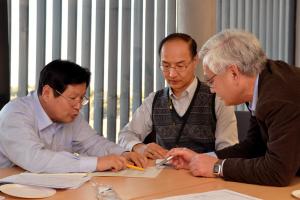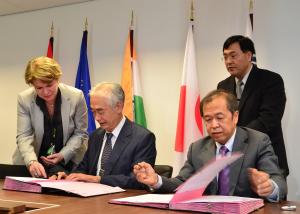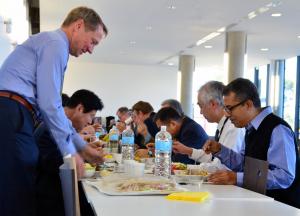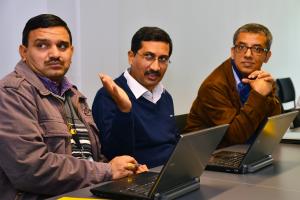The Unique ITER Team (UIT), introduced six months ago by ITER Director-General Osamu Motojima following discussions with the ITER Members, started off with a symbolic seating arrangement: at last August's Special Management Advisory Committee (MAC) meeting, the heads of the seven ITER Domestic Agencies sat with ITER Organization management and not, as had been customary, with the MAC members.
Only a small change in protocol, perhaps, but one conveying a much larger meaning: the ITER Organization and the Domestic Agencies share the same goal, and only an integrated team resolutely pulling in the same direction can address the common challenge of schedule recovery.
As the heads of the seven Domestic Agencies and their closest collaborators convened for five days last week at ITER, participating in more than 75 meetings and countless open and candid discussions and exchanges, it was obvious that the Unique ITER Team had evolved from "concept" into a very concrete reality, rich in content and strong in personality.







